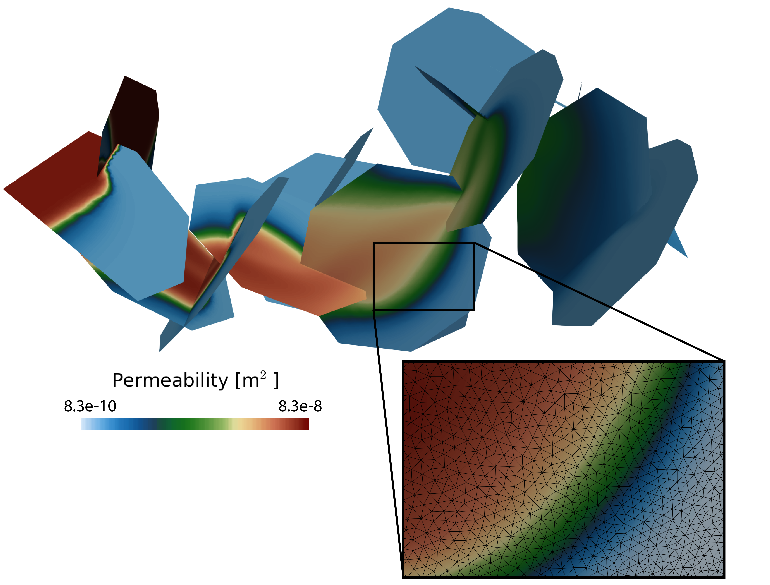Atomic, Molecular, and Optical Sciences
The DOE AMOS program accepts and reviews proposals continuously under the annual Funding Opportunity Announcement entitled, “Continuation of Solicitation for the Office of Science Financial Assistance Program” available on the Open FOA page. Preproposals are strongly encouraged for all new proposals.
The AMOS program is focused on fundamental, hypothesis-driven research in ultrafast chemical sciences. The program supports basic experimental and theoretical research aimed at understanding the structural and dynamical properties of atomic and molecular systems. The research targets fundamental interactions of photons and electrons with atomic and molecular systems to characterize and control their behavior. The program aims to develop accurate quantum mechanical descriptions of dynamical processes such as charge migration and transfer, chemical bond breaking and forming, and interactions in strong fields, where electron-electron and electron-nuclei correlations are important. Topics of interest include the development and use of novel, ultrafast optical probes of matter; the interactions of atoms and molecules with intense electromagnetic fields; and control of quantum processes in molecular systems.
The AMOS activity will continue to support science that advances DOE mission priorities, including research that contributes to the development of a fundamental understanding of excitation dynamics and charge transfer relevant to the initial steps in clean solar energy conversion. The AMOS program will continue to have a prominent role at BES facilities in understanding and controlling the interaction of intense, ultrafast x-ray pulses with matter. Key targets for greater investment include attosecond science, ultrafast x-ray science, and ultrafast electron diffraction from molecular systems. Although the program supports compelling research in atomic systems, an emphasis will be placed on research that elucidates ultrafast dynamics in molecular systems of increasing complexity. Closely related experimental and theoretical efforts are encouraged. Projects involving technical development of sources or instrumentation must include a well-integrated scientific research focus.
The program emphasizes ultrafast, strong-field, short-wavelength science, and studies of correlated dynamics in molecules. Examples include ultrafast x-ray science at the Linac Coherent Light Source (LCLS-II) and the use of high-harmonic generation or its variants for probing ultrafast dynamics. Applications of these light sources include ultrafast imaging of chemical reactions, diffraction and harmonic generation from aligned molecules, inner-shell photoionization of atoms and molecules, and probing and controlling non-adiabatic dynamics. The program encourages research exploiting next-generation capabilities of x-ray free electron lasers and modern data science approaches to provide new insights to electronic and molecular dynamics occurring on the attosecond-to-femtosecond time scale and to reveal key intermediate states in chemical reactions. Coherent control of nonlinear optical processes and tailoring of quantum mechanical wave functions with lasers will continue to be of interest, particularly in molecular systems. The program will continue to support the use of experimental and theoretical tools to advance the understanding of low-energy electron-molecule interactions in the gas and condensed phases.
To obtain more information about this research area, please see the proceedings of our Principal Investigators' Meetings. To better understand how this research area fits within the Department of Energy's Office of Science, please refer to the Basic Energy Science's organization chart and budget request.
For more information about this research area, please contact Dr. Thomas Settersten.



